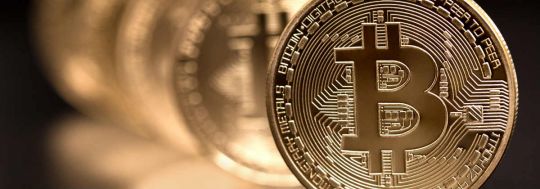Diamonds have long captivated hearts and minds with their dazzling allure. However, beneath their surface lies a complex industry often marred by controversy. But fear not! In this guide, we’ll delve into the realm of ethical diamonds, exploring what they are, why they matter, and how you can embrace them with confidence.
1. Introduction to Ethical Diamonds
When we speak of ethical diamonds, we’re referring to gems mined and traded in a manner that prioritizes human rights, environmental sustainability, and fair labor practices. These diamonds are more than just stones; they represent a commitment to integrity throughout the entire supply chain.
2. What Makes Diamonds Ethical?
Conflict-Free Sourcing
Ethical diamonds are sourced from regions free of conflict and human rights abuses. Unlike traditional diamonds, which may fuel armed conflicts in certain regions, these gems promote peace and stability.
Fair Trade Practices
Fair trade principles ensure that miners and workers receive fair wages and operate in safe conditions. By supporting ethical diamond practices, consumers contribute to the well-being of communities reliant on diamond mining.
Environmental Responsibility
Ethical diamonds are mined with minimal environmental impact, prioritizing sustainable practices such as reforestation, water conservation, and habitat protection. This commitment to eco-friendliness safeguards delicate ecosystems for future generations.
3. The Impact of Ethical Diamonds
Social Impact
Ethical diamond initiatives empower communities by providing education, healthcare, and infrastructure development. By choosing ethical diamonds, consumers directly support these positive social outcomes.
Environmental Impact
Unlike conventional mining, which can devastate landscapes and pollute waterways, ethical diamond practices aim to mitigate environmental harm. From land rehabilitation to renewable energy usage, these efforts preserve natural resources and biodiversity.
Economic Impact
Ethical diamond mining fosters economic stability in regions where diamonds are sourced. By investing in local economies and creating employment opportunities, ethical practices contribute to sustainable development and poverty alleviation.
4. How to Identify Ethical Diamonds
Certification Programs
Look for diamonds certified by reputable organizations like the Kimberley Process Certification Scheme (KPCS) or the Responsible Jewellery Council (RJC). These certifications guarantee that diamonds are sourced and traded ethically.
Transparency in the Supply Chain
Ethical diamond brands prioritize transparency, providing information about the diamond’s journey from mine to market. By tracing the supply chain, consumers can ensure that their purchase aligns with their values.
5. Ethical Diamond Alternatives
Beyond lab created diamonds, consumers can explore ethical alternatives such as lab-grown diamonds, which offer the same beauty and quality without the environmental and social concerns associated with mining.
6. Ethical Diamond Brands to Consider
Several brands specialize in ethical diamond jewelry, offering stunning designs crafted with integrity. From engagement rings to everyday accessories, these brands combine style with sustainability.
7. The Future of Ethical Diamonds
As consumer awareness grows, the demand for ethical diamonds is on the rise. By advocating for transparency and accountability, we can drive positive change within the diamond industry and create a brighter future for all stakeholders.
8. Conclusion
In a world where ethics and sustainability matter more than ever, ethical diamonds shine as beacons of hope. By choosing these gems, we not only adorn ourselves with beauty but also uphold values of fairness, compassion, and responsibility. Together, let’s sparkle with integrity and pave the way for a more ethical diamond industry.



